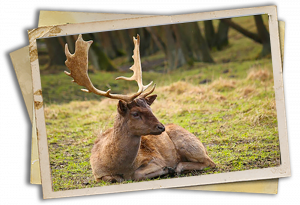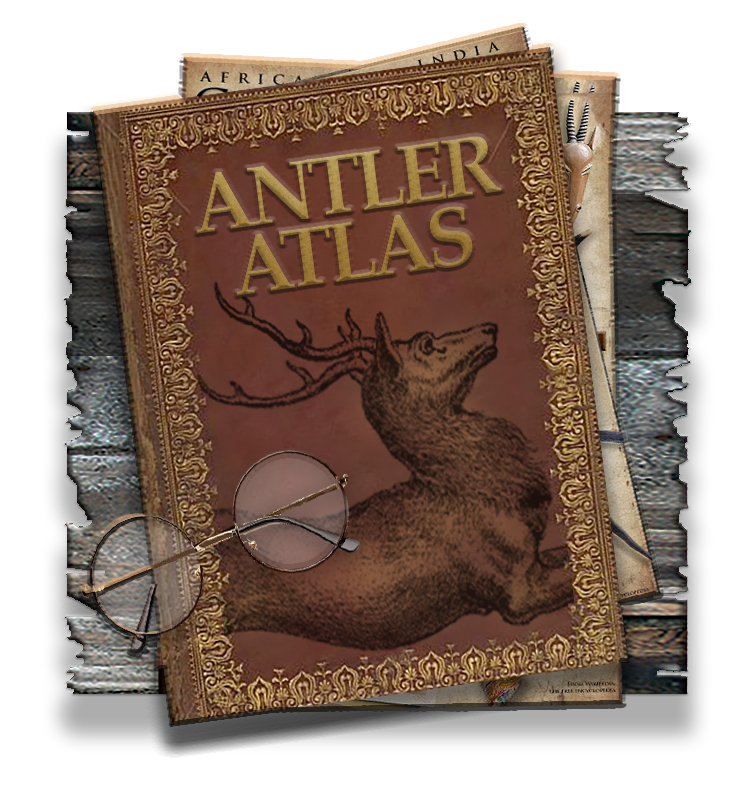
Antler Atlas
In an effort to offer more information about your purchase of one of our beautiful pieces, we have compiled an atlas of information on the various horns which are used to create our installations.
Simply click below on the horn of interest.
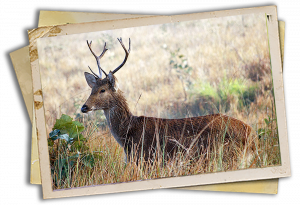
Barasingha
Populations in northern and central India are fragmented, and two isolated populations occur in southwestern Nepal. It is extinct in Pakistan and Bangladesh.

Dik Dik
Dik-diks are named for the alarm calls of the females. In addition to the females’ alarm call, both the male and female make a shrill, whistling sound.
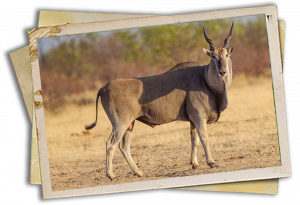
Eland
The common eland avoids dense forests. It uses loud barks, visual and postural movements and the flehmen response to communicate and warn others of danger.

Elk
Although it is currently native to North America and eastern Asia, it had a much wider distribution in the past.
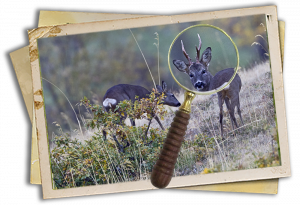
European Roe
Unlike most cervids, roe deer begin regrowing antlers almost immediately after they are shed.
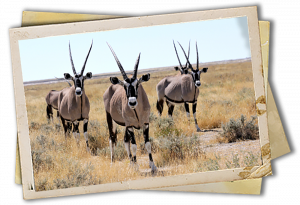
Gemsbok
The gemsbok is generally a grazer but changes to browsing during the dry season or when grass is sparse.
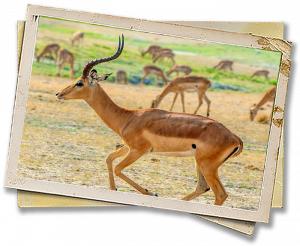
Impala
While the black-faced impala is confined to southwestern Angola and Kaokoland in northwestern Namibia, the common impala is widespread across its range and has been reintroduced in Gabon and southern Africa.
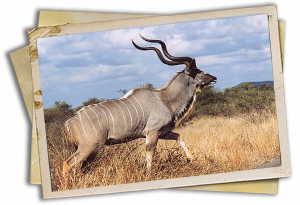
Kudu
Kudus are cover-dependent browsers that feed on more than 100 different trees, shrubs, vines, herbs, seedpods, and fruits, as well as a little new grass.

Mule Deer
The mule deer gets its name from large ears. Mule deer bucks shed their antlers in winter, growing new ones annually.
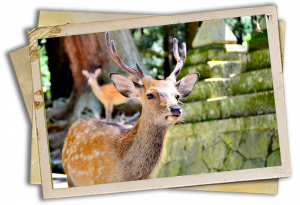
Sika
In the city of Nara, the old capital of Japan, deer roam free. These are sika or spotted deer, which are native to East Asia and have white spots on their backs.

White Tail Deer
Texas is home to the most whitetailed deer of any U.S. state or Canadian province, with an estimated population of over four million.


